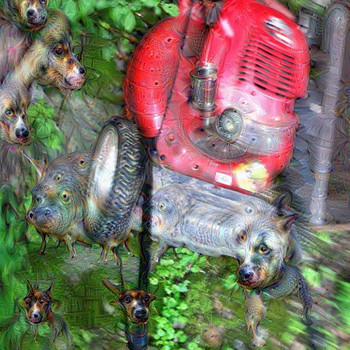How are nuclear reactions balanced?
1 Answer
Like any equation a nuclear reaction must have the same things one the left side as you have on the right side. This isn't very different from the description of a chemical reaction. However, with a nuclear reaction, new things can be created.
The principle thing which must be balanced is energy. Energy is neither created nor destroyed. You will have as much energy at the beginning as you have at the end. Mass, however, is not always conserved in a nuclear reaction. Some of the mass can be converted to energy. This usually takes the form of kinetic energy and photons. If you have some amount of mass and energy to start, you can be sure that you need to account for all of that at the end of the experiment.
The most basic nuclear reactions involve splitting atoms, emitting a neutron, emitting a proton, or emitting an electron. Or absorbing nucleons.
An atom of Mercury-197 can spontaneously absorb an electron converting one of its protons into a neutron to become Gold-197 and a photon.
The energy of the resulting gamma can be calculated the difference between the rest mass energy of the items on the left size and the rest mass energy of the gold. To be most precise you'll need to calculate the recoil energy of the gold.
A few other conservation laws must also be considered. Charge must be conserved. And curious things like Lepton Family Number must also be conserved (but perhaps not always).

